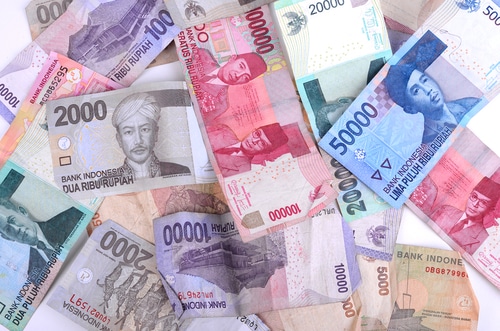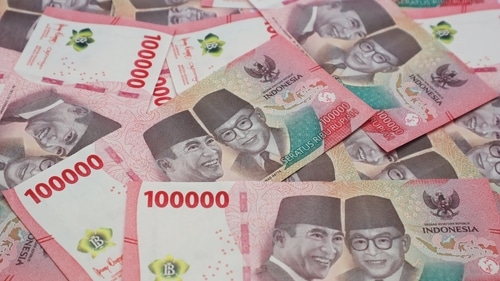The Indonesian rupiah (IDR), shown as “Rp,” is the main money used in Indonesia. Bank Indonesia takes care of this currency. The rupiah has changed many times through the years, showing how the country’s economy moves and grows.
Current Banknotes and Coins
As of 2025, the rupiah will come in these different amounts:
Banknotes
- Rp1,000
- Rp2,000
- Rp5,000
- Rp10,000
- Rp20,000
- Rp50,000
- Rp75,000 (commemorative)
- Rp100,000
Coins
- Rp100
- Rp200
- Rp500
- Rp1,000
The Rp75,000 note came out in 2020. It was made to mark Indonesia’s 75th Independence Day. This note is still in use, but there are not many of them.
Economic Outlook
Bank Indonesia has taken steps to help the economy grow. On May 21, 2025, it lowered the main interest rate by 25 basis points to 5.50%. This decision is to help the economy and keep the currency steady.

Practical Tips for Handling Money in Indonesia
1. Currency Exchange:
- Avoid exchanging money at airports because the rates are not good.
- Use authorized money changers or ATMs to get better rates.
- Tell your bank before you use your card in another country. This will help stop any problems.
2. Cash vs. Card:
- Cash is used by many people, mostly in places outside of cities and at small shops.
- People often pay with credit and debit cards when they are in a city or a popular place for visitors.
- It is a good idea to keep some cash with you. You might need it for small things or if there is an urgent need.
3. Tipping:
- You do not have to tip, but people do like it when you tip them.
- In restaurants, many people give a 5-10% tip if the bill does not already have a service charge.
- For things like taxis and hotels, it is good to give a small tip.
4. VAT Refunds:
- Tourists who buy goods worth more than Rp500,000 at stores that take part can get VAT refunds.
- Make sure to take a tax invoice with you and claim your refund at the airport when you leave.
FAQs
What is the symbol for the Indonesian rupiah?
The symbol for the Indonesian rupiah is “Rp.”
Are old rupiah notes still valid?
Some older rupiah notes are no longer used. It is best to ask Bank Indonesia or authorized places about which notes are still accepted.
Can I use foreign currency in Indonesia?
Most of the big hotels and shops in places where tourists go may take money from other countries. But, it is a good idea to use rupiah when you buy things or pay for services.
How can I get the best exchange rate?
To get the best exchange rate:
- Do not exchange money at airports.
- Go to money changers that are allowed to do this, or use ATMs.
- Keep an eye on exchange rates. Try to plan when to change your money based on that.

